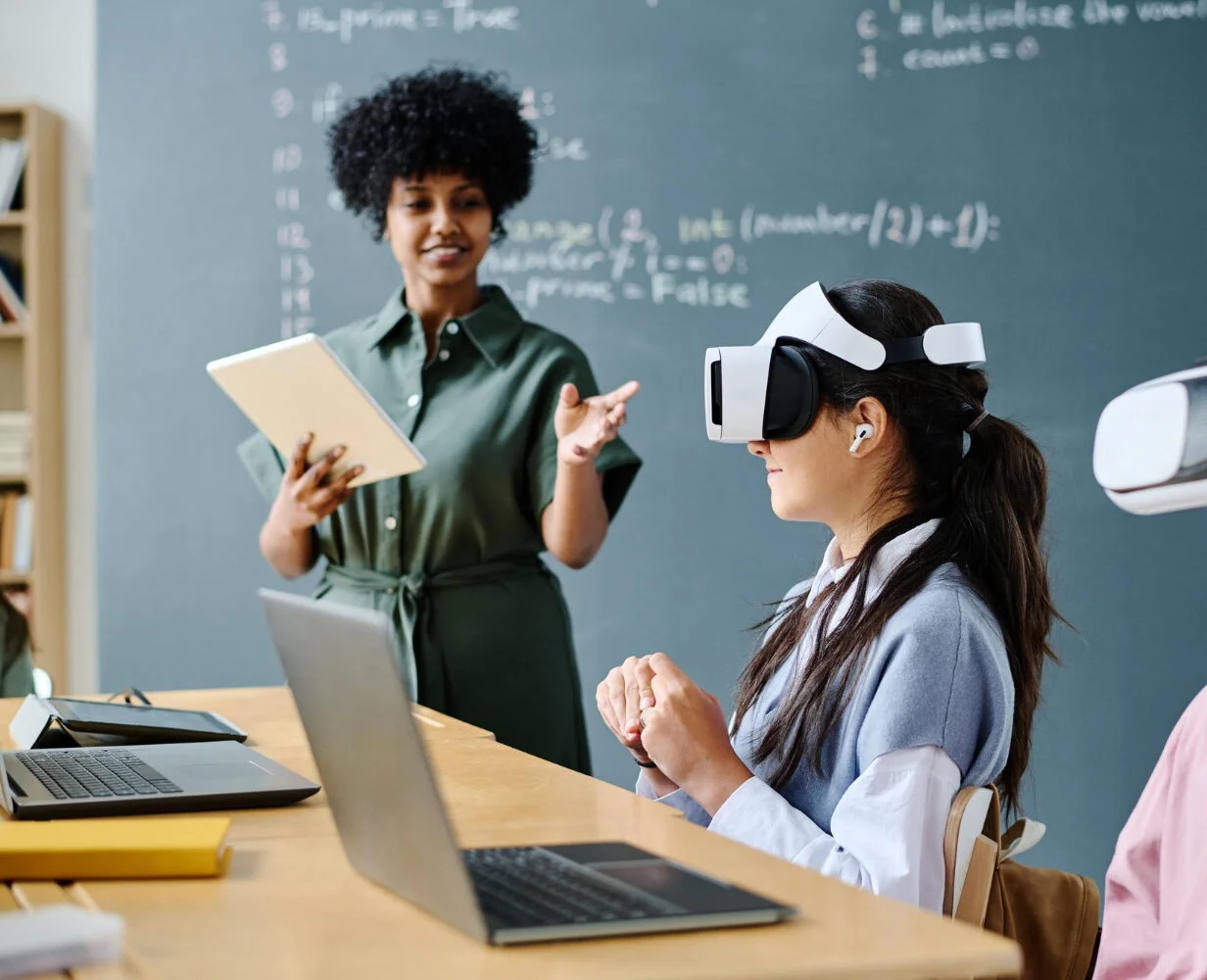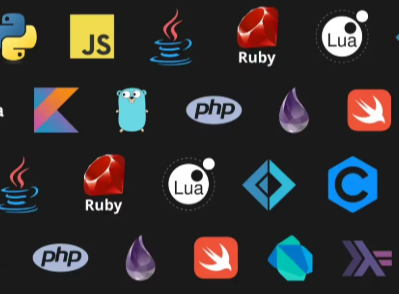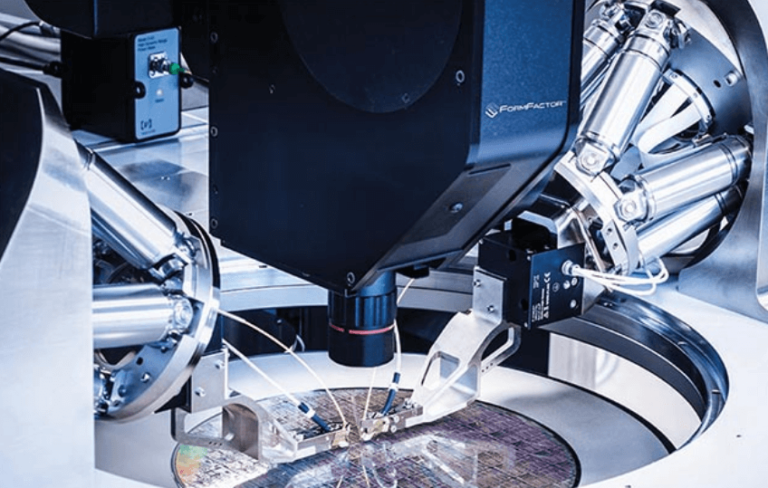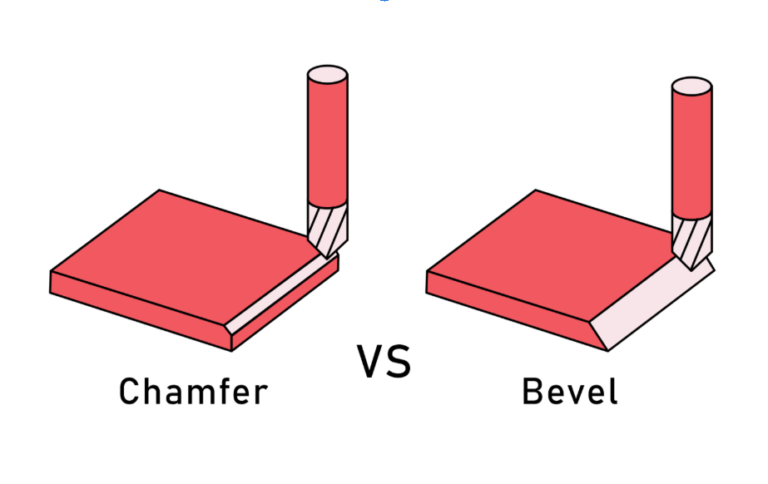Classroom Management in the Digital Age: Balancing Technology and Engagement

The landscape of education has been fundamentally transformed by the integration of tech into learning environments. Traditional classroom management strategies, while still valuable, must now be adapted to address the unique challenges and opportunities presented by technology-rich classrooms. From monitoring device usage to leveraging digital tools for behavioral management, educators today navigate a complex intersection of pedagogical practice and technological implementation. Successfully balancing these elements requires intentional planning, clear expectations, and adaptive strategies that recognize the central role technology now plays in learning environments.
Establishing Digital Citizenship Expectations
Creating a productive digital learning environment begins with clear expectations regarding technology use. Effective classroom managers establish comprehensive guidelines that address:
- Appropriate device handling and care procedures
- Clear boundaries for acceptable online behavior
- Specific protocols for digital communication
- Consequences for technology misuse
- Privacy considerations for student data and information
These guidelines should be explicitly taught, regularly reinforced, and consistently enforced throughout the academic year. The most effective teachers involve students in developing these expectations, creating shared ownership of classroom digital culture rather than imposing rules unilaterally. This collaborative approach helps students understand the rationale behind technology guidelines and increases their commitment to following established protocols.
Building Digital Citizenship Through Modeling
Beyond explicit instruction, students develop digital citizenship skills primarily through observing adult behavior. Effective educators consistently model:
- Responsible technology use during instructional time
- Critical evaluation of digital resources
- Ethical use of intellectual property with proper attribution
- Professional digital communication practices
- Healthy technology-life balance
When students observe these behaviors consistently, they internalize appropriate technology practices more effectively than through rules alone.
See also: The Double-Edged Sword: Navigating the Impact of Technology on Modern Society
Physical Classroom Design for Digital Learning
The physical configuration of learning spaces significantly impacts how technology is used and managed. Thoughtful classroom design considers:
Device Management Systems
Organized storage and charging solutions help prevent device damage while streamlining distribution and collection procedures. Effective systems include:
- Numbered charging stations corresponding to student assignments
- Clear procedures for device retrieval and return
- Designated areas for devices during non-technology activities
- Routines for checking device condition before and after use
These systems reduce transition time while extending device longevity through proper care.
Strategic Seating Arrangements
Classroom seating significantly impacts technology monitoring and student collaboration. Effective arrangements include:
- Configurations that allow teacher visualization of screens
- Flexible groupings that facilitate both individual and collaborative digital work
- Clear sightlines between teacher station and student devices
- Designated tech-free zones for non-digital activities
The ability to reconfigure seating based on specific learning activities provides necessary adaptability for various technology-based lessons.
Monitoring Strategies for Digital Learning Environments
Effective technology integration requires appropriate supervision to ensure productive use. Successful monitoring approaches include:
Digital Monitoring Tools
Various software solutions can enhance teachers’ ability to supervise digital activities:
- Classroom management software that allows real-time screen viewing
- Browser monitoring extensions that track student internet activity
- Learning management systems with activity tracking features
- Digital hand-raising and help request systems
These tools extend teachers’ awareness beyond what is physically observable in the classroom environment.
Established Visual Cues and Signals
Clear non-verbal signals help maintain focus in technology-rich environments:
- Visual cues indicating when devices should be closed or screens turned down
- Attention signals that work effectively even when students are engaged with technology
- Digital timers displaying remaining work periods
- Status indicators showing appropriate technology activity levels
These visual systems reduce verbal interruptions while maintaining clear expectations.
Managing Digital Distractions
The potential for distraction represents one of the most significant challenges in technology-rich classrooms. Effective management strategies include:
Preventative Approaches
Proactive measures can significantly reduce digital distractions:
- Age-appropriate content filtering and application limitations
- Strategic use of “do not disturb” settings during focused work periods
- Removal of unnecessary notifications and alerts
- Regular digital “breaks” to address the neurological need for technology disengagement
These preventative measures create environments more conducive to sustained attention.
Responsive Interventions
When digital distractions do occur, effective responses include:
- Private redirection rather than public confrontation
- Temporary device limitations rather than complete technology removal
- Reflective conversations about digital self-regulation
- Progressive consequences that match the severity of technology misuse
These interventions address immediate concerns while developing students’ capacity for self-management.
Leveraging Technology for Classroom Management
Beyond managing technology itself, digital tools can enhance broader classroom management efforts:
Digital Behavior Management Systems
Various applications can support positive behavior reinforcement:
- Digital point systems that track and reward positive choices
- Behavior management platforms with parent communication features
- Random student selection tools for equitable participation
- Noise level monitors providing visual feedback on classroom volume
These tools streamline management procedures while providing valuable data on classroom dynamics.
Engagement-Enhancing Technologies
Certain digital tools can increase student engagement, reducing management challenges:
- Interactive polling and quiz platforms that ensure full participation
- Digital discussion tools that amplify student voice
- Collaborative workspaces that facilitate group accountability
- Progress monitoring applications that visualize learning advancement
By increasing engagement, these tools often reduce behavior management needs through heightened student interest.
Differentiated Management for Various Technologies
Different technologies present distinct management challenges requiring tailored approaches:
One-to-One Device Environments
When every student has a dedicated device, management focuses on:
- Clear screen visibility procedures during instruction
- Protocols for transitioning between digital and non-digital activities
- Systems for ensuring appropriate application use
- Methods for synchronizing student pacing during guided activities
These environments require particular attention to balancing individual exploration with collective instruction.
Shared Device Management
When devices are shared among students, management priorities shift to:
- Efficient transition procedures between user groups
- User account management and privacy protection
- Device condition accountability systems
- Equitable access scheduling
These shared environments require robust systems for tracking usage and maintaining device functionality.
Building Student Self-Regulation in Digital Environments
The ultimate goal of digital classroom management extends beyond external control to student self-regulation:
Metacognitive Strategies
Developing students’ awareness of their own digital behaviors includes:
- Regular reflection on technology use patterns
- Self-assessment of digital distraction tendencies
- Goal-setting for productive technology engagement
- Personal strategies for maintaining digital focus
These metacognitive approaches help students develop internal regulation mechanisms.
Graduated Responsibility Systems
Effective classrooms systematically increase student autonomy in technology use:
- Progressive release of digital monitoring as responsible use is demonstrated
- Increasing choice in digital learning modalities based on demonstrated self-management
- Student leadership opportunities in technology management systems
- Peer mentoring in appropriate technology use
This graduated approach recognizes that self-regulation develops through supported practice with increasing independence.
Managing Special Considerations in Digital Environments
Several specific challenges require particular management attention:
Equity Considerations
Digital classroom management must address potential inequities:
- Systems for supporting students with limited home technology access
- Accommodations for students with different levels of digital experience
- Alternative options when technology barriers impact learning
- Recognition of cultural differences in technology familiarity
These considerations ensure that management approaches don’t disadvantage already marginalized students.
Accessibility Requirements
Effective management includes ensuring technology accessibility:
- Implementation of appropriate assistive technologies
- Alternative procedures for students with physical limitations affecting device use
- Modified expectations accounting for learning differences
- Regular assessment of whether technology is enhancing or hindering individual learning
These approaches ensure that management systems support rather than impede diverse learners.
Professional Development for Digital Classroom Management
Developing effective management skills for technology-rich environments requires ongoing learning:
Peer Observation and Collaboration
Educators benefit from observing colleagues’ management approaches:
- Learning walks focused on technology management strategies
- Collaborative problem-solving around common digital challenges
- Shared development of management resources and systems
- Professional learning communities focused on digital learning environments
These collaborative approaches leverage collective wisdom about effective practices.
Continuous Adaptation to Emerging Technologies
As new technologies enter classrooms, management approaches must evolve:
- Regular assessment of whether current protocols address new tools
- Proactive planning for emerging technology integration
- Student input on management needs for new digital environments
- Flexibility in adapting successful strategies to changing technological contexts
This adaptability ensures that management approaches remain relevant and effective.
Conclusion: Toward Seamless Digital Learning Management
The most successful digital classroom managers ultimately create environments where technology becomes a seamless part of learning rather than a management challenge. In these environments, appropriate technology use becomes the norm rather than the exception, and students develop the self-regulation skills needed for responsible digital citizenship beyond school walls.
By combining clear expectations, thoughtful monitoring, preventative strategies, and graduated independence, educators can create technology-rich learning environments that maximize educational benefits while minimizing potential disruptions. In these well-managed digital classrooms, technology becomes not an additional element to control but a powerful tool for enhancing engagement, extending learning opportunities, and preparing students for an increasingly digital future.






